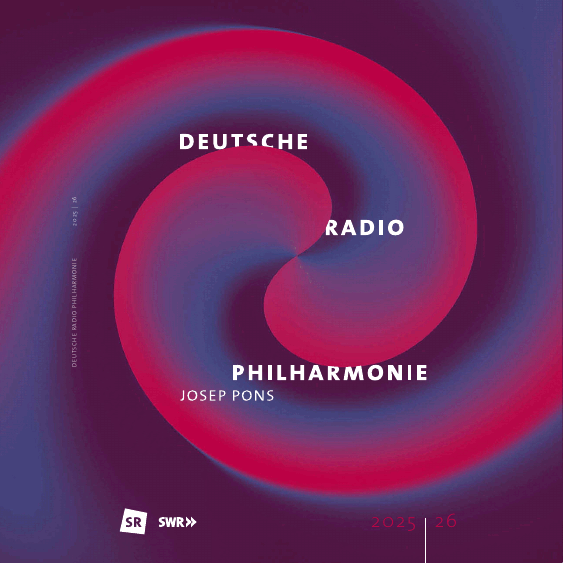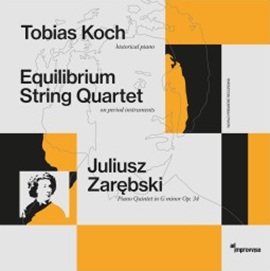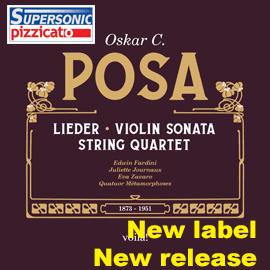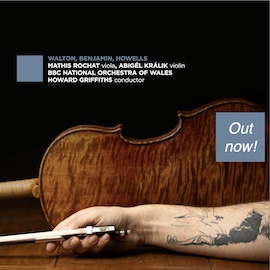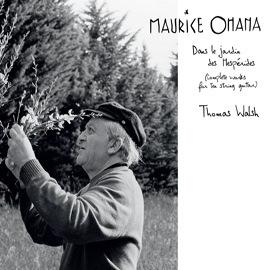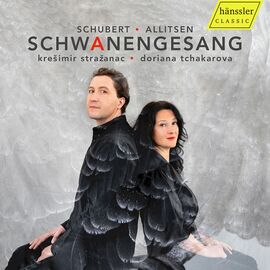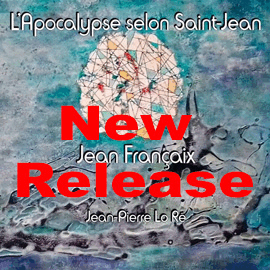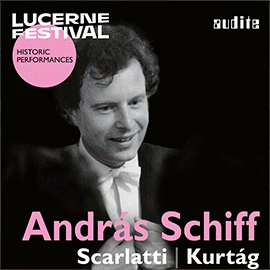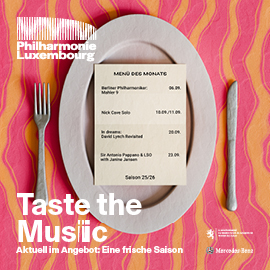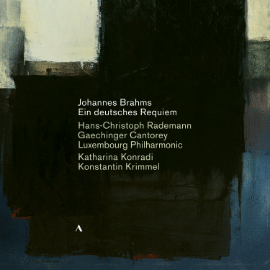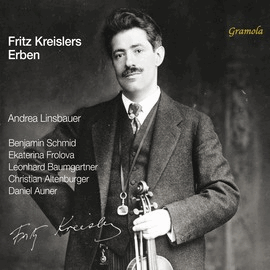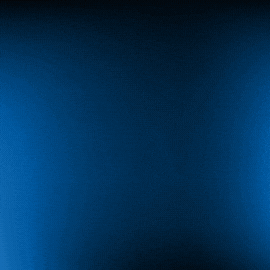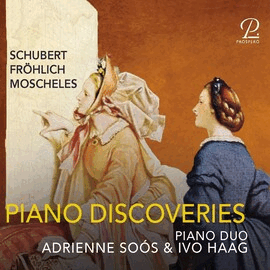Schuberts letzte Lieder auf Gedichte von Heine und Rellstab wurden nicht von ihm selbst, sondern von seinem Verleger Tobias Haslinger als ‘Schwanengesang’ zu einem Zyklus zusammengefügt, der eigentlich keiner ist. Und weil Rellstabs Gedichte qualitativ jene von Heinrich Heine nicht erreichen, stellt sich für den Interpreten das Problem von Einheit und Geschlossenheit. Die Heine-Lieder gehen viel tiefer als jene auf die Rellstab-Texte, sie sind, wie es mein Kollege Guy Wagner formulierte, « weitere Schritte ans Ende der Nacht, sind Fortsetzung und letzte Konsequenz der Winterreise. »
Kresimir Strazanac umgeht die Gefahr von Unausgeglichenheit geschickt durch eine Neuordnung der Lieder. Er singt engagiert, dramatisch, gefühl- und stimmungsvoll. Es gelingt ihm, dem Schwanengesang eine außergewöhnliche Dimension zu geben, Gefühlssphären zu erreichen, die manch einer, der Fischer-Dieskau im Ohr hat, als übertrieben ansehen kann. Aber er versteht es halt, die lyrischen und die dramatischen Elementen der Komposition in intensiven, fesselnden Interpretationen zu vereinen.
Auch das Stimmmaterial an sich, dieses weitgestreckte, volltönende, aber zu schönsten dynamischen Veränderungen fähige Organ, sowie die Sorgfalt der Stimmführung sind bemerkenswert, genau wie die klare Artikulation und die Farbpalette…
Nicht weniger begeistert sind wir uns vom herausragend guten, sehr dramatisch mitgestaltenden Klavierspiel der Pianistin Doriana Tchakarova.
Die Interpreten haben dem Schwanengesang noch drei Heine-Lieder hinzugefügt, die von der englische Komponistin Mary Frances Allitsen (1848 –1912) stammen, die als Sängerin gerade mit Liedkomposition erfolgreich war. Bewundernswert ist dabei die Rolle, die sie dem Klavier als mitgestaltendem Instrument beimisst.
Schubert’s last songs to poems by Heine and Rellstab were not composed by Schubert himself, but by his publisher Tobias Haslinger as a « swan song » to form a cycle that is not really one. And because Rellstab’s poems do not reach the quality of Heinrich Heine’s, the interpreter is faced with the problem of unity and coherence. The Heine songs go much deeper than those based on Rellstab’s texts, they are, as my colleague Guy Wagner put it, « further steps towards the end of the night, they are the continuation and final consequence of Winterreise. »
Kresimir Strazanac skillfully avoids the danger of imbalance by rearranging the songs. His singing is committed, dramatic, emotional and atmospheric. He succeeds in giving the Schwanengesang an extraordinary dimension, reaching emotional spheres that some who have Fischer-Dieskau in their ears may find exaggerated. But he simply knows how to unite the lyrical and dramatic elements of the composition in intense, gripping interpretations.
The vocal material itself, that wide, full-sounding organ capable of the most beautiful dynamic changes, as well as the care in leading the voices are also remarkable, as are the clear articulation and the color palette…
No less enthusiastic is the pianist Doriana Tchakarova’s excellent, very dramatic piano playing.
The performers have added three Heine songs to the Schwanengesang, written by the English composer Mary Frances Allitsen (1848-1912), who was a successful singer and songwriter. The role she assigned to the piano as a creative instrument is admirable.



